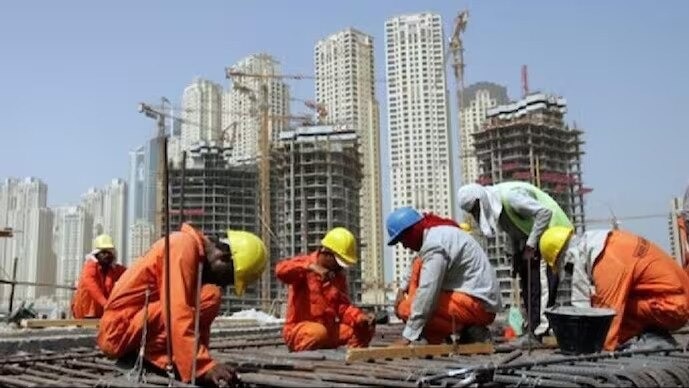Key Takeaways
- India implements four comprehensive Labour Codes, replacing 29 outdated laws
- Social security extended to gig workers, MSMEs, and contract staff for the first time
- Simplified compliance with single registration and return system
- Fixed-term employees eligible for gratuity after one year of service
In a historic move, the Indian government has rolled out four unified Labour Codes, marking the most significant labour reform since Independence. The new framework replaces 29 existing laws with consolidated regulations covering wages, industrial relations, social security, and occupational safety.
The reform aims to modernize India’s labour ecosystem, extending protections to previously uncovered sectors while simplifying compliance for businesses.
PM Modi termed the move as “the biggest reform in the interest of workers since independence”.”Today is a historic day for my worker brothers and sisters. Our government has implemented four Labour Codes. This is the biggest reform in the interest of workers since independence. It will greatly empower the workers of the country. While it will make compliance with rules much easier, it will also boost ‘Ease of Doing Business’,” he wrote.
Major Benefits for Workers
Under the new codes, fixed-term employees become eligible for gratuity after just one year of service. Gig and platform workers receive formal recognition and social security coverage for the first time.
Women can now work night shifts across all sectors with proper safety arrangements and consent. The codes also introduce gender-neutral pay provisions that prohibit discrimination, including against transgender persons.
Simplified Compliance Framework
Employers will benefit from a streamlined single-registration and single-return system that replaces multiple filings. Inspector-cum-facilitators will focus on guidance rather than punitive enforcement.
A national floor wage ensures no worker earns below the government-set threshold, providing basic income security across sectors.
Expanded Coverage
Plantation workers, beedi workers, dock workers, mine workers and those in hazardous industries now come under uniform safety and social-security norms. Audio-visual and digital-media workers, including journalists and OTT creators, will receive formal appointment letters specifying wages and entitlements.
The government conducted extensive consultations before finalizing the codes and will continue public engagement during rule-making. India’s social security coverage has dramatically expanded from 19% in 2015 to over 64% in 2025, with these codes representing the next step in creating a portable, inclusive labour ecosystem.





